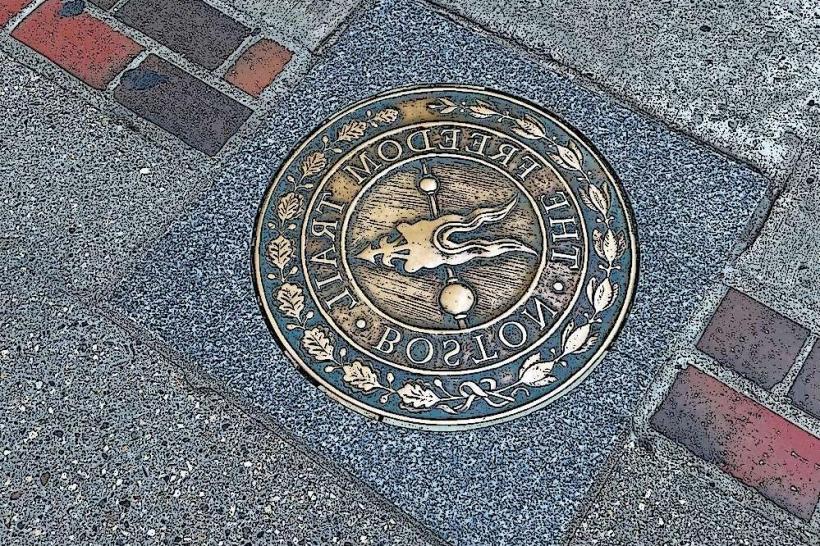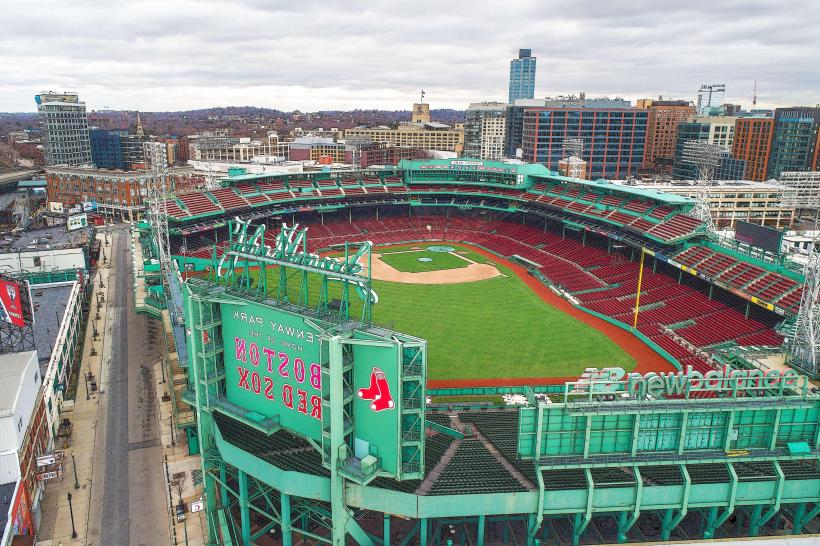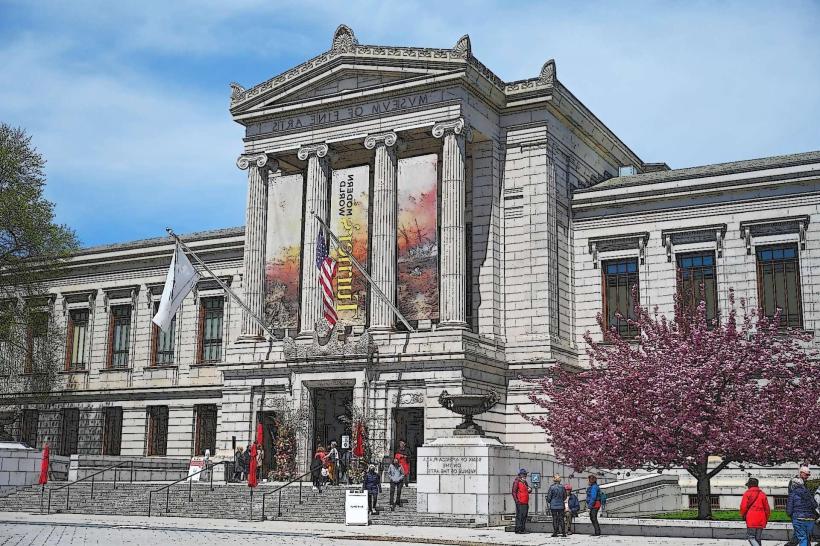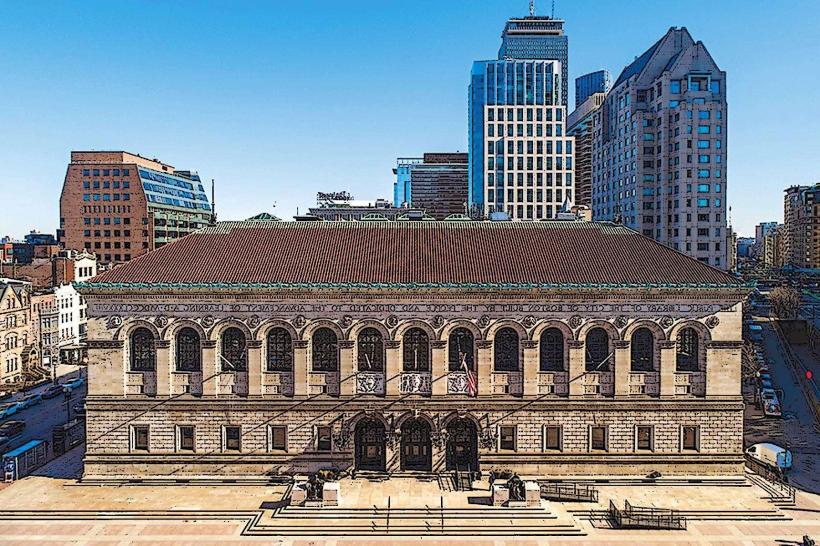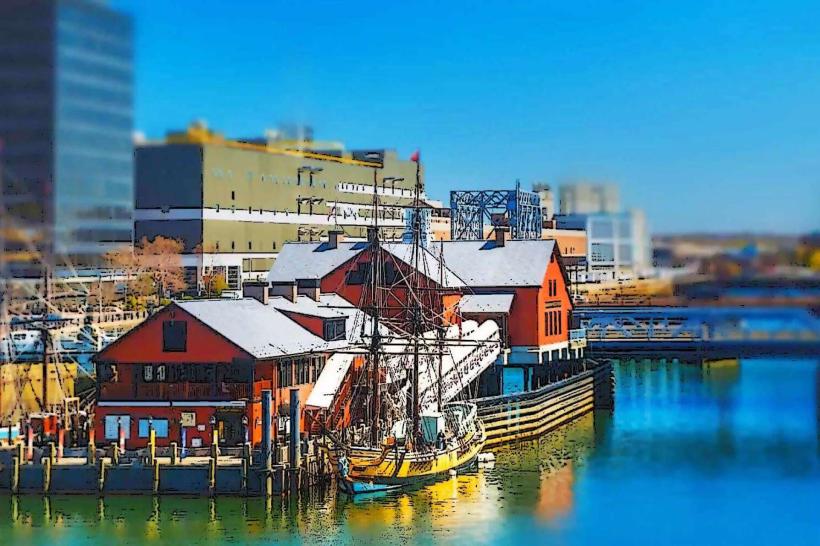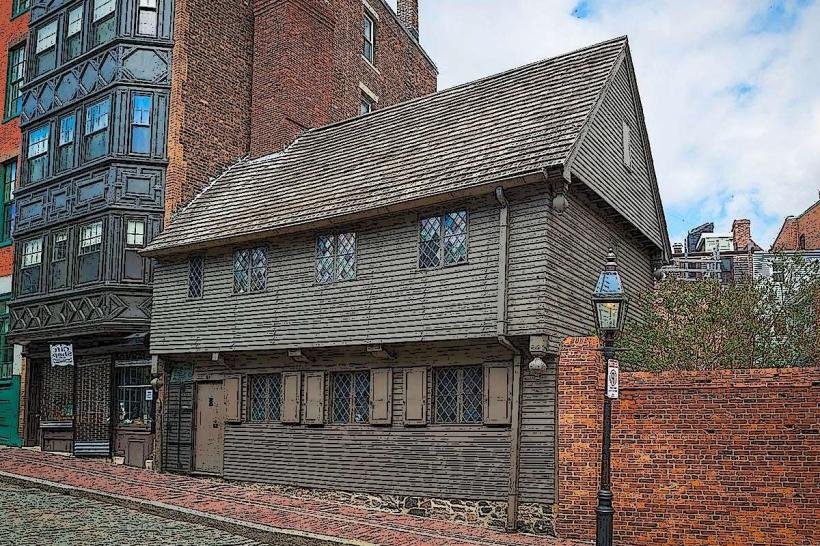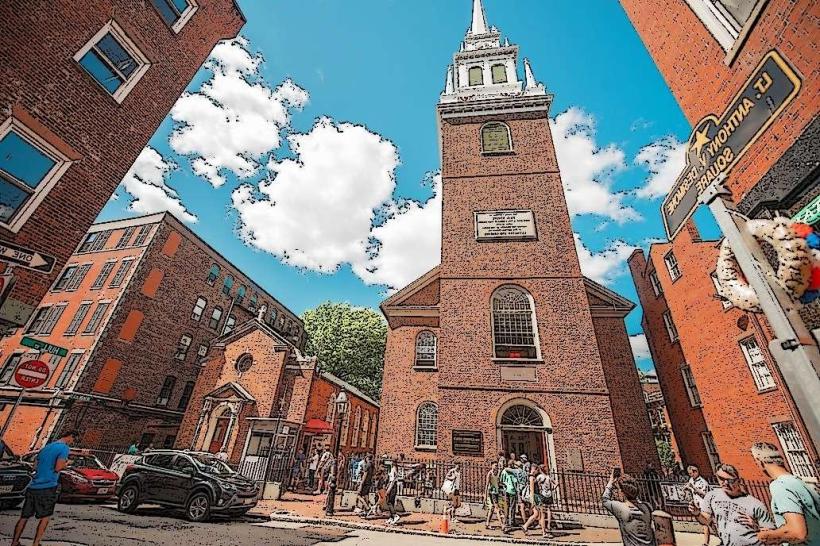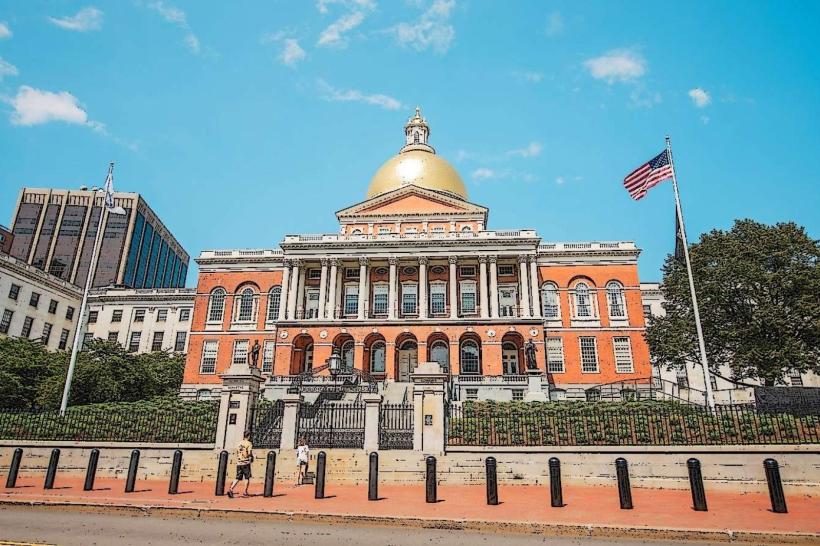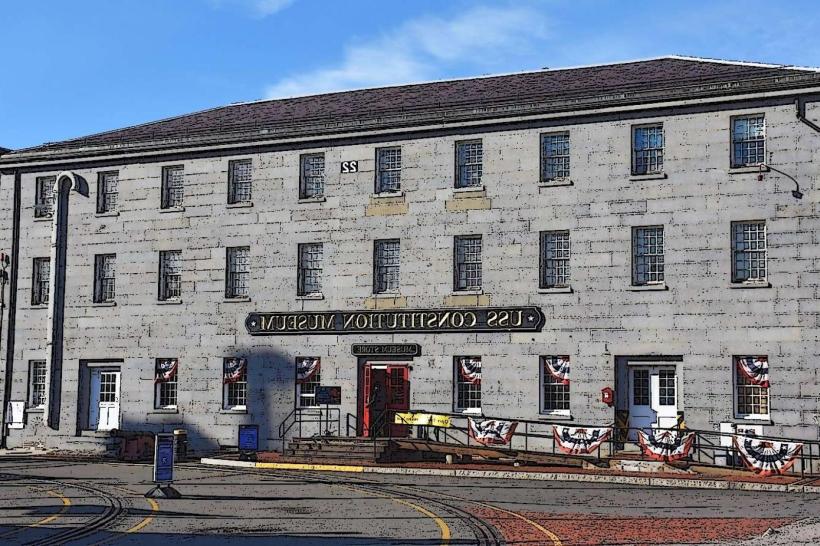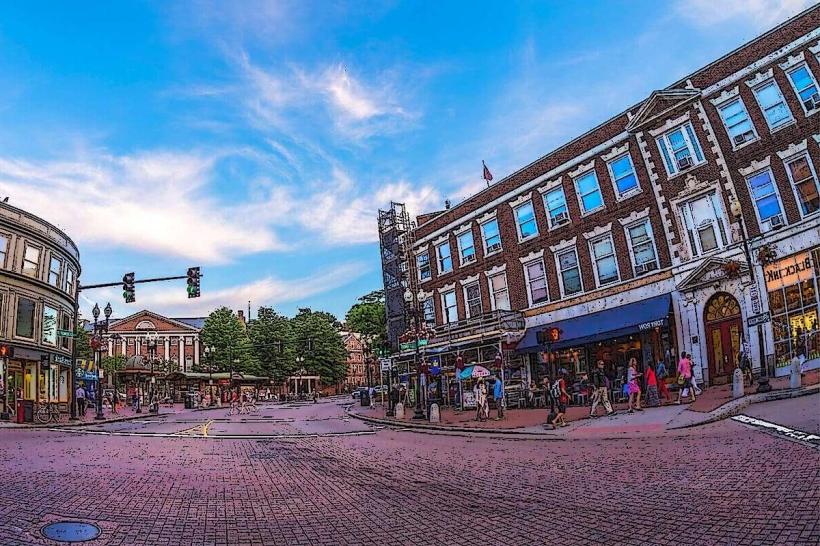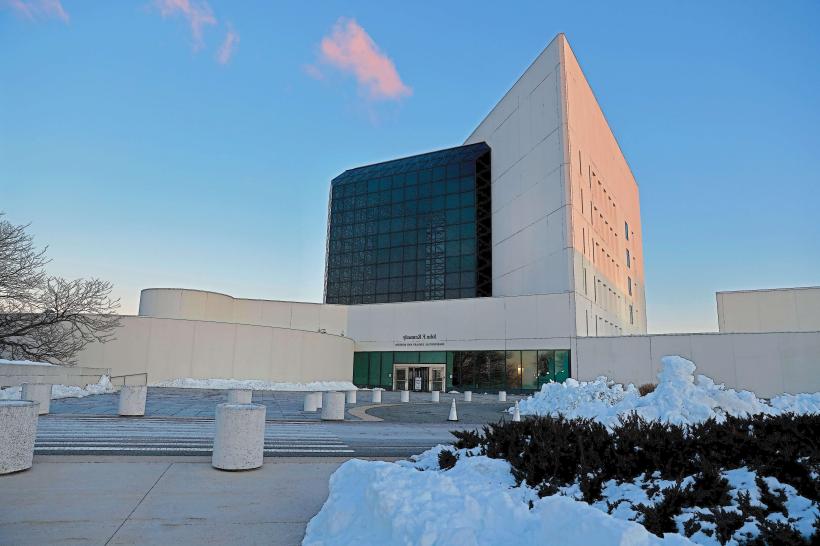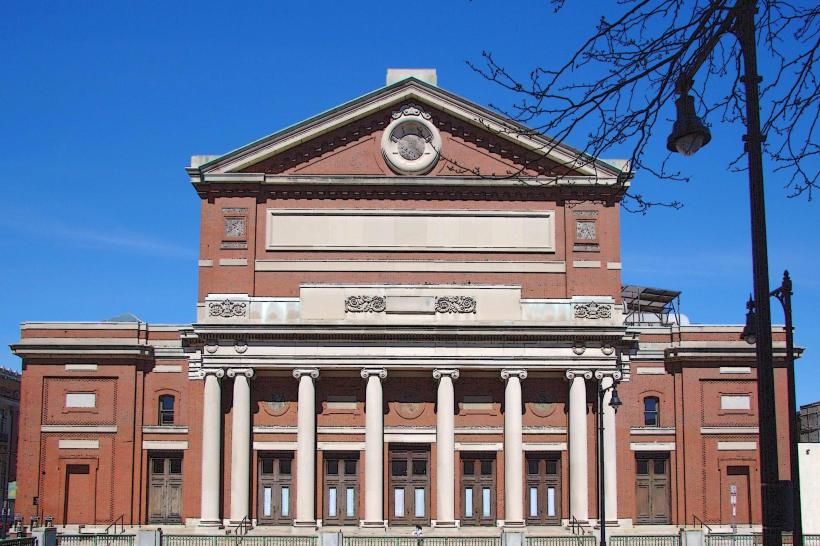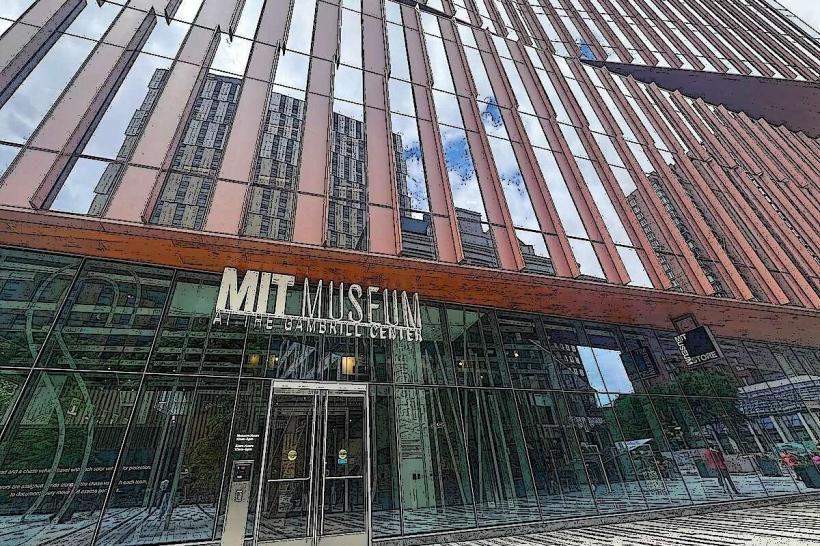Information
Landmark: Faneuil HallCity: Boston
Country: USA Massachusetts
Continent: North America
Faneuil Hall, Boston, USA Massachusetts, North America
Overview
Faneuil Hall, known as the “Cradle of Liberty,” stands in the heart of Boston, its brick walls and tall windows holding centuries of history, equally important built in 1742, it’s been a bustling market, a site for fiery speeches, and a gathering spot through almost every pivotal moment in America’s story.Truthfully, Right in the heart of downtown Boston, just steps from the waterfront, it blends centuries-classical history with the energy of a busy modern hub, standing along the Freedom Trail and pulling in millions of visitors every year, to boot peter Faneuil, a wealthy merchant of Huguenot descent, gave Faneuil Hall to the city, a gift meant to serve its colonial needs.Believe it or not, He paid to have it built as Boston’s main market, a region where locals could pick up fresh meat, crisp vegetables, and all sorts of goods, consequently just above the bustle of the open market on the ground floor sat a second-floor assembly room, and it soon turned into one of colonial America’s most significant meeting spots, more or less Finished in 1742, the building-dreamed up by artist-turned-architect John Smibert-took its cues from the stone market halls found in English villages, at the same time in 1806, architect Charles Bulfinch rebuilt and expanded it, adding a third floor and stretching the hall so it could hold the swelling crowds.Faneuil Hall, steeped in revolutionary legacy, rang with fiery speeches and the sharp stamp of boots as patriots rallied in the years before the American Revolution, along with in the hall, townsfolk gathered for meetings, voices rising as they argued over taxes, self-rule, and the reach of British power.Here, orators like Samuel Adams, James Otis, and Joseph Warren stood before restless crowds, voices ringing out against the Stamp Act, Sugar Act, and Townshend Acts, sparking anger that spread through the streets, furthermore the building became a rallying point for revolutionary ideas, one of the first public places where talk of breaking free from Britain buzzed through its crowded halls.The town meetings held here weren’t just for show-they were where local citizens made binding decisions, sometimes settling matters as concrete as where to plant the recent oak tree, subsequently boston’s town meeting system stood as one of the clearest examples of direct democracy in the colonies, and inside Faneuil Hall’s echoing chamber, that grassroots rule found its voice, in a sense After the Revolution, Faneuil Hall kept its setting at the heart of public life, hosting fiery debates and calls for change, as well as in the 19th century, abolitionists like Frederick Douglass and Wendell Phillips stood beneath its high windows to denounce slavery and rally the crowd, fairly Believe it or not, Later, women fighting for the vote, union organizers, and civil rights leaders filled the hall, their voices echoing as they pressed their causes forward, on top of that from Abraham Lincoln’s steady baritone to Barack Obama’s measured cadence, presidents and statesmen have stood here to speak.Funny enough, It’s still one of the rare places in the U, and s.Where people have been talking, debating, and gathering without pause for more than 280 years, the sound of voices carrying through the air like it always has, furthermore the brick façade, topped with a graceful cupola, reflects the building’s colonial-Georgian style, complete with a central bell tower and a weathered brass weather vane once used to call townsfolk to meetings.Upstairs, the Great Hall stretches wide with polished wooden floors, tall windows spilling in light, and walls lined with history-among them a towering portrait of George Washington and busts of leaders like John Adams, while on the third floor, the museum showcases Boston’s history, its political traditions, and stories of local citizens whose work shaped the city over the centuries-like a faded campaign poster tucked behind glass.Right next to Faneuil Hall sits Quincy Market, built in the 1820s to handle the bustling trade, and today the two stand together as the heart of the Faneuil Hall Marketplace, consequently today, Faneuil Hall Marketplace stands as part of a lively historic complex with Quincy Market, North Market, and South Market, where you’ll find sizzling food stalls, bustling restaurants, artisan shops, and street performers filling the air with music.The upstairs meeting hall holds its quiet dignity, but down on the ground level and out in the plazas, the air hums with the buzz of modern city life, while though the area’s become commercial, the hall stays in the hands of the Boston National Historical Park, its brick walls and tall windows still cared for as a National Historic Landmark.National Park Service rangers, often dressed in period costume, lead free tours and talks, bringing the hall’s rich history to life-like the creak of ancient floorboards under your feet, to boot people still gather in the Great Hall for public events, ceremonies, and lively debates, the echo of chairs scraping across its stone floor keeping its civic legacy alive.Many Freedom Trail walking tours kick off or pause here, where the bricks underfoot glow warm in the afternoon sun, to boot in recent years, conversations and criticism have reignited around Peter Faneuil’s legacy, casting a sharp light on the wealthy merchant who built his fortune through the transatlantic slave trade, a history that still leaves a bitter taste.Some people want the hall renamed, while others push for clearer recognition of its tangled history-roots that stretch back to a time of candlelit meetings and uneasy alliances, consequently in response, curators have updated certain exhibits and interpretive displays, weaving in broader, more inclusive stories-like a modern panel describing voices once left out.Faneuil Hall remains a one-of-a-kind American treasure-part historic landmark, part bustling marketplace, and still a lively forum where voices echo beneath its historic wooden beams, in turn it began with bustling colonial trade and the spark of revolution, and today it stands as a vibrant hub for culture and civic life, one of the rare spots in the country where centuries-timeworn brick walls meet the steady hum of modern crowds.Step inside Faneuil Hall and you’ll notice American democracy taking shape in brick walls, worn wooden beams, and the echo of countless voices.
Author: Tourist Landmarks
Date: 2025-10-06

